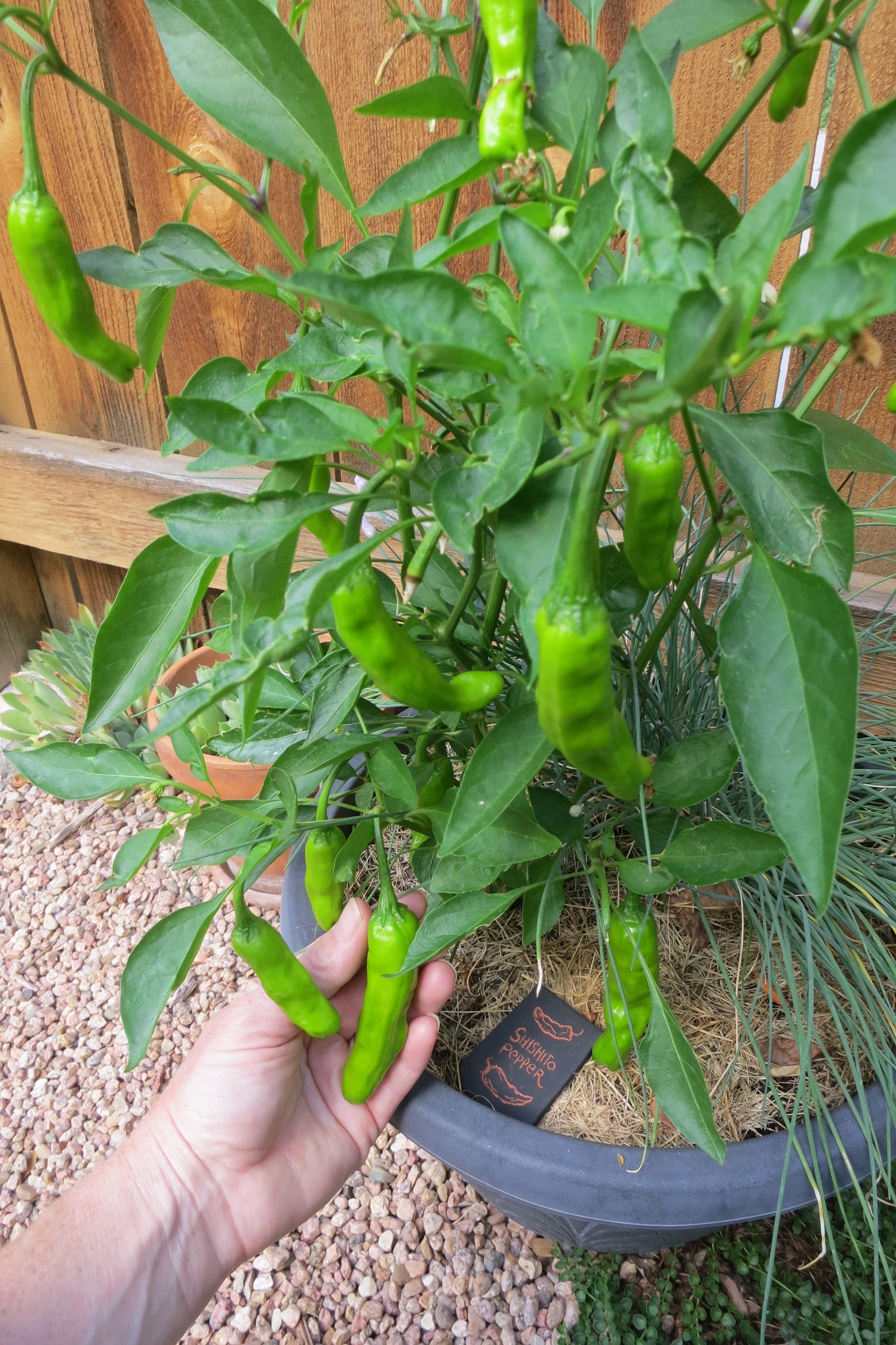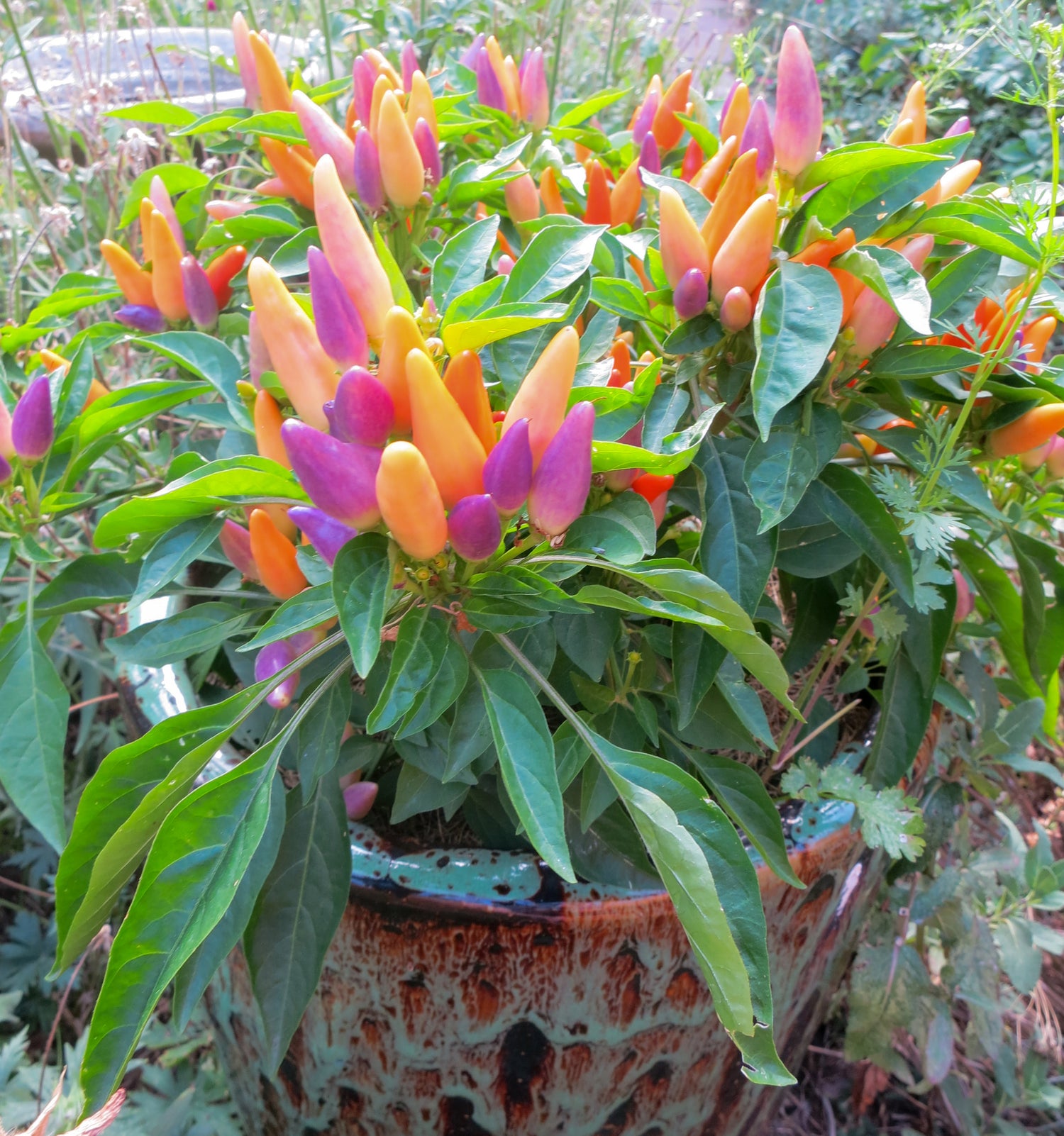
The above photo of some wild looking mottled tomatoes is damage most likely caused by the Tomato spotted wilt virus.
Plants infected with Tomato spotted wilt virus exhibit bronzing of the upper sides of young leaves, which later develop distinct, necrotic mottled spots. It looks wild, but it usually results in a less tasty tomato though it is still safe to eat if it doesn't taste too bad. This viral disease is infectious to many other plants including peppers, so it's best to remove the entire plant when mottled tomatoes appear.
Note: when older plants are infected, only a part of the plant may develop symptoms or some of the tomatoes on the plant will start to become mottled while the rest of the plant looks green and healthy. The virus has a harder time moving into mature parts of the plant so you may only see indications on the tomatoes themselves.
If your tomato leaves start to curl, turn pale green to yellow, along with purpling of the leaves and you start to see ringspots and mottled color and/or deformities on your tomatoes, then the plant likely may be infected with Tomato spotted wilt virus, also referred to as TSWV.

Once it appears the plant is infected, we recommend removing the whole plant, and avoid putting it in your home compost so that you don't spread it. This disease is transmitted by thrips, so removing the plant as soon as you realize it has the disease will help stop the spread of the disease. Next season, plant something that is not usually infected by Tomato Spotted Wilt Virus such as carrots or onions. In future seasons, plant vegetable varieties that are resistant – especially pepper and tomato varieties that have TSWV resistance to help avoid ongoing issues. Crop rotation and cover crops can also be very helpful, read more TSWV cover crops below.
There are very few, if any, vegetable varieties completely immune to Tomato Spotted Wilt Virus (TSWV) – so growing TSWV resistant varieties of all vegetables can help prevent this in future growing seasons.

You can still eat TSWV affected tomatoes, though they may not taste as good or have undesirable texture. If you don't eat them, don't compost them if they are not tasty, throw them in a city compost or trash to keep from spreading the disease.
COVER CROPS & CROP ROTATION FOR TSWV PREVENTION:
Rotating what you grow in a location, especially after finding TSWV plants is helpful. There have been studies of using lupin, bidens, and sunn hemp for their potential to deter thrips. However, it is crucial to select cover crops that do not act as hosts for thrips or the virus itself, such as bell beans, and/or to plant TSWV varieties, rotating crops each year.



















